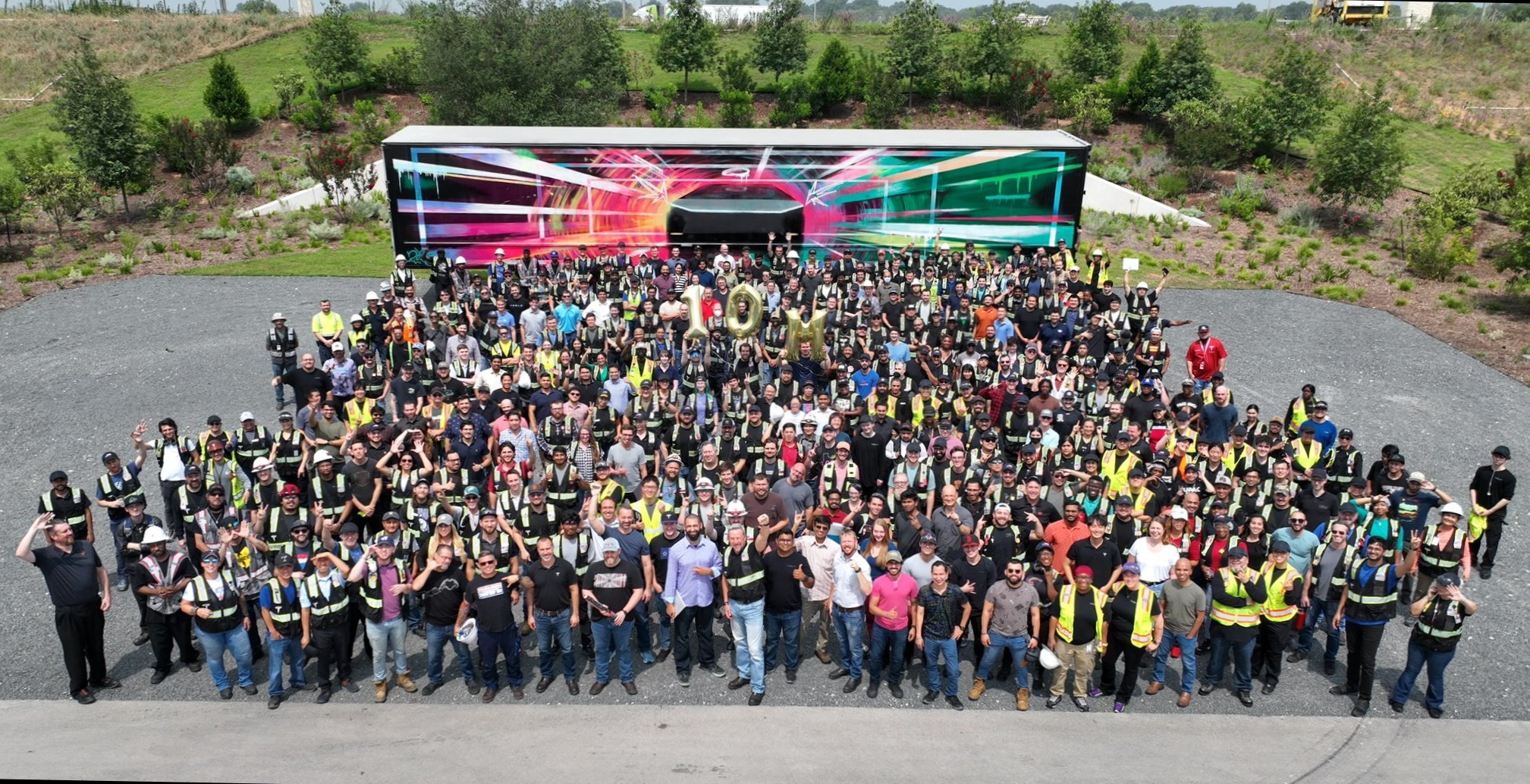On 11 October, Tesla boasted that it had produced its 20-millionth 4680 cell (46 mm diameter, 80 mm high). Four months earlier it had boasted its 10 millionth cell. At the end of 2022, the company said it was producing almost 870,000 cells a week. These figures don’t quite match up, although the trend is slowly starting to be in the manufacturer’s favour. With emphasis on the word ‘slowly’, which could have far-reaching implications when it comes to Cybertruck.
The 4680 cells are born in pains
Let’s start with the numbers:
- at the end of December 2022, Tesla boasts 868,000 4680 cells produced in a week, without going into detail about whether they are good or bad (source),
- 16 June 2023 Tesla talks about cell #10,000,000 (source),
- 11 October 2023 Tesla talks about cell #20,000,000 (source)
Just built our 20 millionth 4680 cell at Giga Texas! pic.twitter.com/6PCD6UC9PS
— Tesla (@Tesla) October 11, 2023
If the company had managed to maintain the late December pace in 2023, the 10 millionth cell should have arrived around mid-March 2023. Meanwhile, the plants at Kato Road (California, USA) and Giga Texas needed an additional three months, indicating intensive line work and process changes. The capacity at the end of 2022 was not even maintained with a further ten million cells, but here production was already going more smoothly, managing to go below four months (17 weeks without two days, let’s assume 16.5 weeks).

4680 cell in the sand (c) Tesla
10 million cells for 16.5 weeks gives an average of 606,000 cells per week. We don’t know the percentage of waste, for the sake of calculation let’s optimistically assume that Tesla only boasts cells suitable for battery installation (which makes sense). From the data so far, the 4680 cell has a 26.1 Ah capacity, which would give about 98 Wh of capacity. For ease of calculation we will round up to 100 Wh. Since Cybertruck’s battery has 130 kWh, we can easily calculate that 1,300 4680 cells are needed for it.
So Tesla produces enough cells per week to make just 466 Cybertrucks. This gives an annual output of 24,200 electric pickups. Three years after the cells were officially unveiled. Without taking into account the needs generated by the Tesla Model Y AWD, which is temporarily not being built as Giga Texas is undergoing optimisation.
This suggests that Cybertruck will be a rather difficult commodity to acquire in the coming months. Either Tesla will scale up production, or it will start using other cell suppliers.


